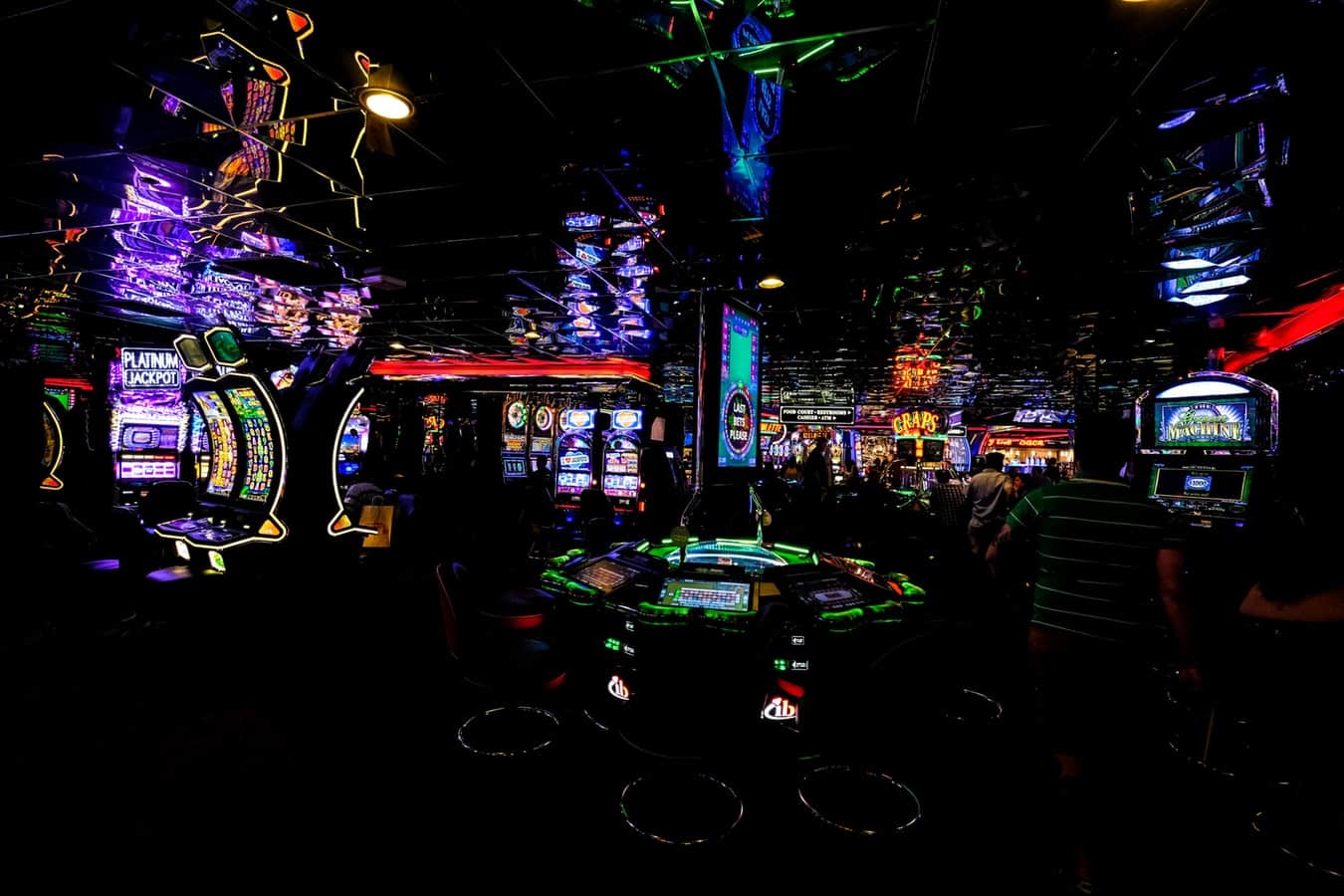
In a vibrant and stimulating world of casinos, where luck and strategy intertwine, hues and design play a key role in drawing in gamblers. As soon as visitors step inside a casino or log into a gaming platform, they are immersed in a visual feast that grabs their attention and entices them to discover more. Bright colors, captivating graphics, and innovative layouts are meticulously crafted to create an environment of thrill and anticipation, ultimately improving the gaming experience.
While players move through the ever-changing landscape of casino games, they come across a range of designs that not only serve visual purposes but also affect emotions and choices. Colors like scarlet and gold symbolize riches and fortune, while calm blues and greens can create a much tranquil environment. Grasping how these elements work together allows casinos to create an welcoming and stimulating atmosphere that encourages players to interact with the games, invest additional time at the tables, and increase their overall enjoyment.
The Science of Hue in Gaming Establishments
Hue plays a crucial role in the creation of gaming experiences, shaping players’ emotional states and responses. Bright and bold shades, such as red and gold, are often used to incite excitement and draw focus. These colors create a sense of urgency and vitality, encouraging players to participate more enthusiastically with the activity. By thoughtfully selecting tints, developers aim to inspire feelings of joy and excitement, which can enhance the total game experience.
Different hues also have psychological associations that can affect how gamblers perceive their possibilities of victory. 78win For example, lime is often associated with good fortune and wealth, making it a popular choice in games like roulette and poker games. This connection can result participants to feel more hopeful and self-assured in their gameplay, ultimately inspiring them to stake more. Grasping these links allows game developers to craft environments that enhance player enjoyment and retention.
Furthermore, the design of casino game interfaces often uses gradients and differing colors to direct players’ responses. For instance, successful outcomes may be highlighted with striking, differing colors, creating a visual reward. This method supports positive outcomes and encourages repeated gameplay. By utilizing color psychology, gaming venues can develop games that not only captivate gamblers but also hold them involved and invested in their play experience. https://78win.gift/
Creative Features that Engage Gamers
The visual appeal of casino games is primarily influenced by the use of bold colors. Bright and striking colors are strategically chosen to create an inviting atmosphere that grabs attention. For instance, crimson and golden hues often signify good fortune and wealth, which is why they are common in the color schemes of gaming machines and table surfaces. These colors not only draw players in, but they also stir emotions related to excitement and expectation, enhancing the overall gaming experience.
In parallel to color, the design and organization of gambling games play a crucial role in captivating players. Games are designed to be user-friendly, ensuring that players can easily understand the rules and mechanics. Accessible interfaces, along with engaging graphics and animations, help maintain player interest and encourage longer play sessions. The physical elements, such as the feel of the controls and the audio of the games, also add to a comprehensive sensory experience that keeps players engaged.
In conclusion, thematic elements in game design can greatly influence player choice. Many gambling games are inspired by popular culture, fairy tales, or adventure themes, incorporating symbols and characters that connect with players. These themes create a sense of engagement and connection, making each game feel distinct. When players feel a bond to the concept, they are more likely to choose that game over others, leading to higher participation and excitement within the casino environment.
Case Studies: Effective Gambling Game Designs
One prime example of successful casino game design is the popular slot machine series themed around popular movies. Games such as those based on the The Wizard of Oz and Game of thrones utilize dynamic colors and high-quality graphics to immerse players in familiar narratives. The use of moving visuals and engaging sound effects grabs the attention of players, building an psychological connection to the theme. This approach not only fosters longer play but also boosts the overall gaming experience, leading to increased player retention.
Another notable case is the application of the psychology of color in table games like 21 and roulette. Casinos often create these games with deep reds and greens, colors traditionally linked with luck and wealth. For instance, the emerald felt on a blackjack table provides a soothing effect, while the red accents in the wheel invite anticipation. This thoughtful use of color helps to create an inviting atmosphere that motivates players to participate, satisfying their psychological impulses and increasing their enjoyment.
Finally, online casino games that include social features and bright, lively designs have experienced remarkable success in engaging players. Games like Zynga Poker and Slotomania leverage striking colors and playful animations to create an inviting online environment. The inclusion of leaderboards, community sharing options, and in-app rewards encourages competition and community, drawing players in for longer sessions. Such designs merely make the games visually enticing but also underscore social connectivity, a crucial factor in player retention and engagement within digital casino environments.